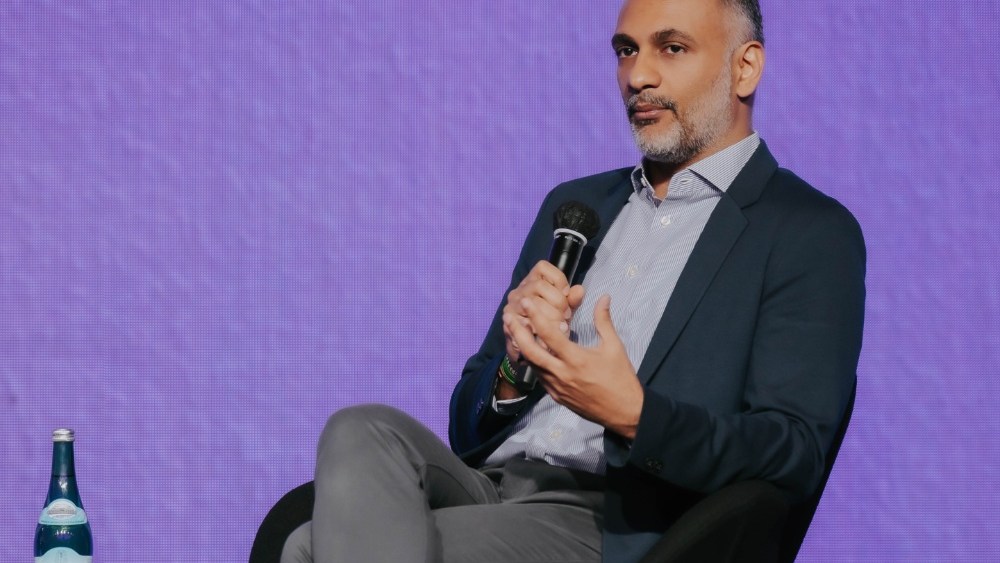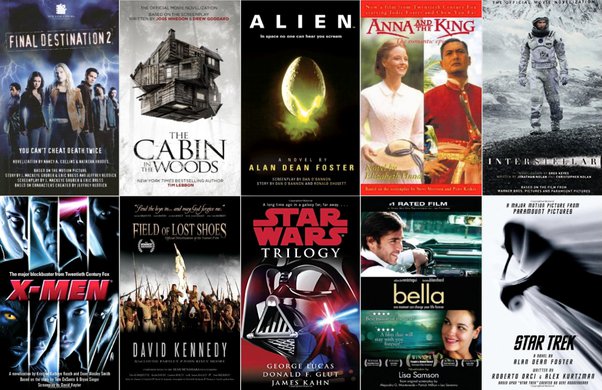From cricket to coldplay, an executive is explaining how India consumes live entertainment.
As India’s entertainment scenario undergoes seismic changes, some officials are strategically deployed. Sanjog GuptaOne of three CEOs Gystar – Kiran Mani (CEO – Digital) and Kevin Vaz (CEO – Broadcasting Entertainment) – Gupta oversees sports and live experiences in a huge empire including star sports on television, Geohotastar Digital, ESPN Cricinfo, and the company’s league owner Mashal (Pro Kabaddi League) and Football (Soccer) Sports Development Limited.
With more than two decades in media and entertainment, Gupta has emerged as one of the architects of India’s modern sports ecosystem. His fingerprints are on the ICC Cricket World Cup and the Indian Premier League (IPL) cricket tournament, PKL and Indian Super League, including domestic league and Premier League and Wimbledon, such as global programs such as Marki cricket properties.
But Gupta’s ambitions move far beyond the game. In an interview with DiversityThe executive underlined his vision to convert JISTAR into a platform, which he says “infinite, over-speaking journey”-a strategy that marries sports collectivation with live cultural experiences from coldplay concerts to spiritual celebrations.
Gupta’s approach to material investment rests on the fact that he calls the founding principles that informs every decision in Gystar. “Live Sport in India is an aggregator of the audience as there is no other, so it acts as a large -scale recruitment funnel for the platform,” they explain. This audience aggregation creates what Gupta describes as a network effect that benefits all materials on the platform.
The second element of his thesis estimates a massive increase in adopting India’s game. Gupta said, “The country of more than one billion people must have been adopting a game on a scale that we have never seen before, and with a variety that we have never seen before,” the dynamics of the middle class, increasing health consciousness among parents, the soft power of the game, and private investment, including the social economic factors, including the innovation infrastructure and infrastructure.
Perhaps most importantly, Gupta emphasizes the unique mood of sports fans. “The lifelong value of a sports fan is quite important for a platform,” he notes, describing a consumer travel that proceeds to pay attention to passion affiliation – the final stage includes business, sports travel and stadium appearance.
This investment philosophy recently translated into a adequate commitment. Gupta revealed JISTAR is investing $ 500 million in production, marketing and technology To increase your game offerings. “Our journey actually begins to develop fans for property, to grow fans for that property (for authority acquisition), and to deepen the fandum for that property, and to be able to withdraw inconsistent value from that property,” they explain.
In 2022, IPL rights were purchased for $ 6.2 billion By two institutions Since then, there has been a merger to make gyostar. The tournament serves as Gupta’s laboratory to test the broader platform strategies. The 2025 season gave unprecedented number: 1.19 billion total access (537 million on TV and 652 million on digital), representing the biggest access to IPL on JISTAR network. The tournament expelled Jiohotstar for 840 billion minutes of 55.2 million peaks to 300 million customers and 840 billion minutes of the total watch-time. In particular, 47% of the IPL audience on Star Sports were women, while the IPL finals alone attracted 426 million audiences.
The success of the tournament creates pace that benefits other materials that it calls “the shadow of a large, scalled aggregative event”. Following the IPL conclusion, the World Test Championship final between South Africa and Australia became the “most viewed non-India Test match on a digital platform”, while the first test of the England-India series benefited from the cross-promotable effects of the IPL.
Entertainment materials receive similar treatment. Gupta cites strategic launch of “criminal justice” during the last weeks of IPL as an example of taking advantage of sports traffic for material samples. To create a series to make the audience returning for the episode released after the conclusion of the tournament, “We didn’t leave a full show at once, but actually started it during IPL (during IPL).
The purpose of this approach is to build Gupta’s “intimate, infinite journey” for each user. “For every user who is landing on stage, the journey must be different and unique,” they say. The goal is a platform that feels “as an aggregative and as it is, but as we want it to be for every user.”
According to Gupta, the sand -maker’s sand: “At least efforts, most interest, intimate and personally every time he is logging in every time.”
Gupta’s mandate expands into live experiences, a vertical that “in the game, with our expertise in the service of the collected audience represents the confluence of our expertise in telling the story with our expertise.” The approach targets consumers’ personal expression and dual desires for the community.
JISTAR’s first major live event – 26 January concert of coldplay at Narendra Modi Stadium – Was strategically chosen for its cultural importance. Gupta explains, “We believe that day, based on 26 January (Republic Day of India), one of the world’s largest stadiums, one of the world’s largest bands, which may be a cultural zeitgeist moment,” says Gupta.
Live experience strategy includes both existing events with scales potential and original cultural programming. After successful spiritual celebrations for Maha Shivaratri and Ram Navami (later as a narrator to Indian cinema legend Amitabh Bachchan), Gupta sees important opportunities in India’s Jagriti concert economy.
He said, “has a deep desire to spend and spend on experiences, or those experiences that are really once in a lifetime,” he sees, both experiences, and “FOMO Aspects”, keeping both of them in mind, run the engagement of the audience keeping in mind the “FOMO Aspect”.
Despite the total success of the IPL, Gupta accepts areas for reform. The regional language is caused by weakly discovered problems in Bhojpuri, Marathi and Gujarati languages compared to Tamil and Telugu Prasads. “We were not able to serve the feeds to consumers who were interested in them, because we were not able to make enough discoveries on the stage,” they believe.
Similarly, new product features, including four fast channels designed to watch lean-back on connected TV, failed to achieve traction. These channels, organized by topics such as team affiliation or “Close Finnish” and “Classic Games”, suffer from the same Discoverism challenges.
“The IPL collected experience gave better than the expected numbers, there were some main component parts of the experience that were discovered at all by consumers and are actually important for long -term development of property.”
Looking at the next five years, Gupta’s strategy has been anchored in these investment principles. “Think Sports with November 2024: Unlocking India’s $ 130B Sports Potential” Report Google and Deloite by presenting the Indian sports sector to reach $ 130 billion by 2030, JISTAR will continue to invest in properties that work as an aggregators of the audience, and the sports development tractors work as the audience, and the sports development tracts are gaining. Unlock the lifetime value.
The major metric remains simple: “Sports, sports properties, sports rights, until such a time, continue to distribute these four principles of investment thesis, we will continue to invest in them.”
For live experiences, Gupta’s promises focused on “cultural zeitgeist’s moments”, which offer both the capacity and “intensive cultural significance”. Whether it is a concert or a spiritual ceremony, each event should fulfill a large -scale appeal and dual criteria of meaningful cultural resonance.
As Gupta said, the mission remains “India a sports nation”, while “a fan serves as many sports experiences, which is operated by the interaction of technology and creativity.”
In an industry where platform discrimination depends on a rapid scale, JISTAR’s JISTAR represents an attractive test case whether the game can actually act as an aggregator of the final audience – and whether this aggregation can successfully increase the widespread entertainment ambitions in the diverse markets, widely, widely enhanced.



